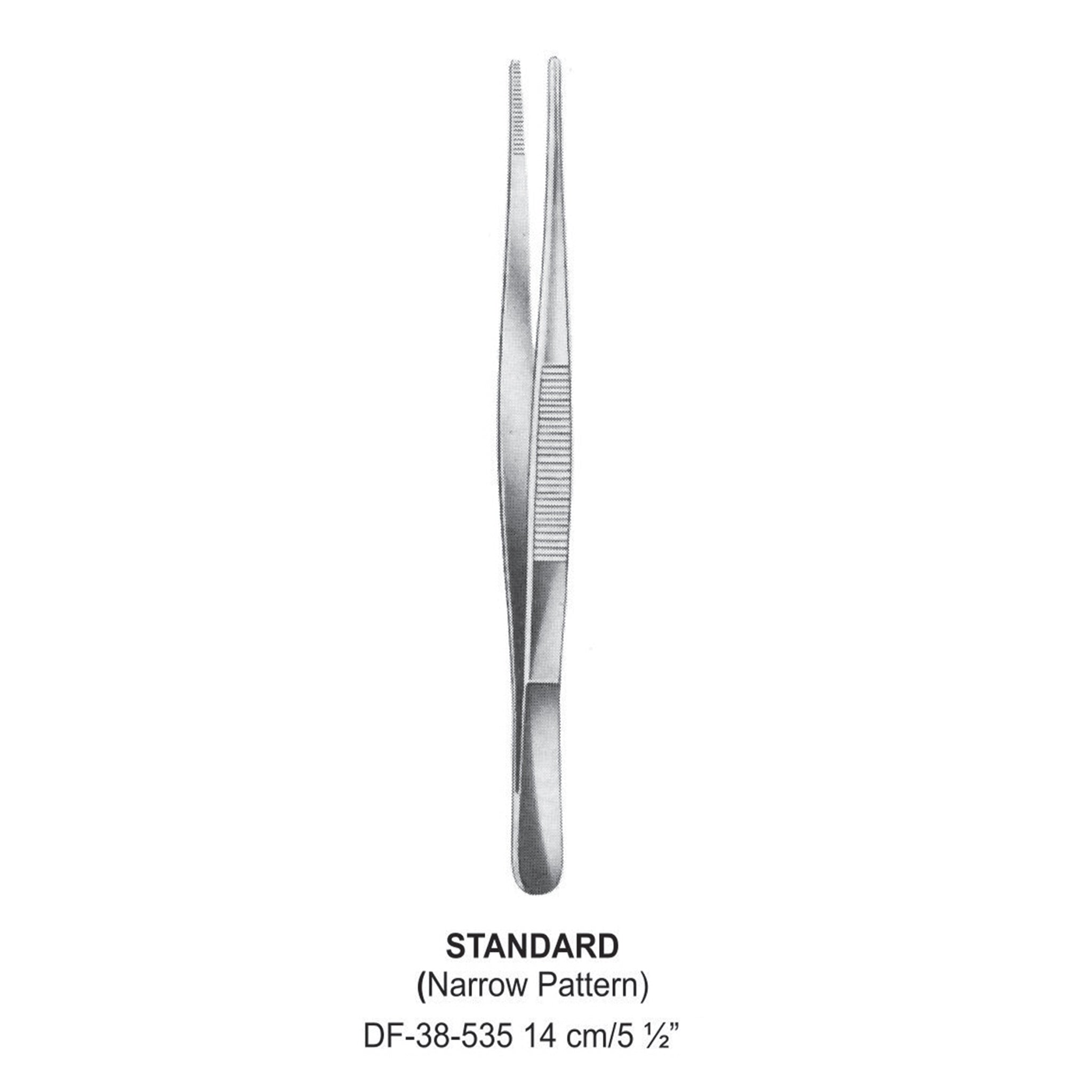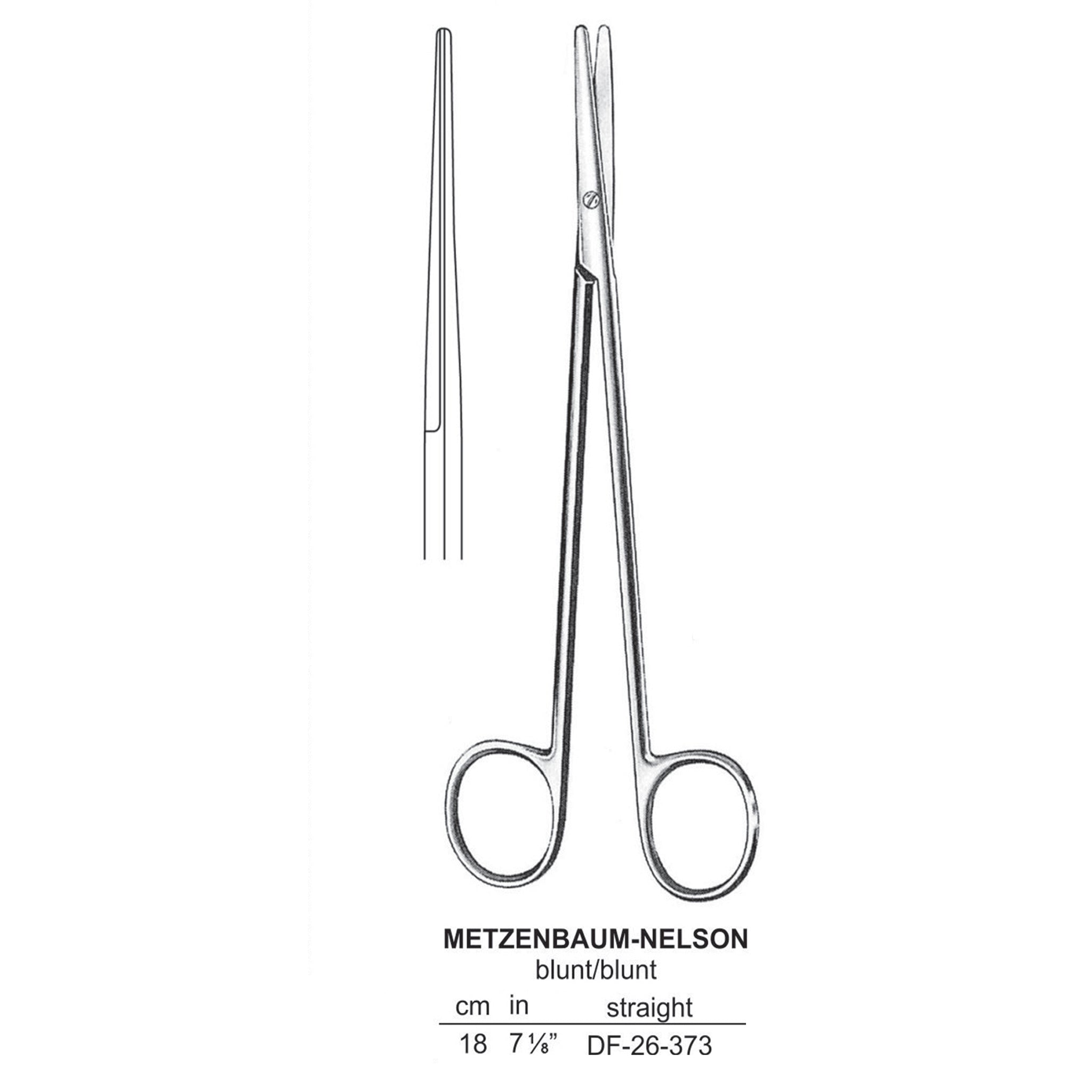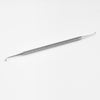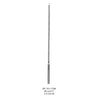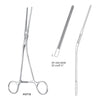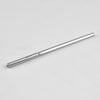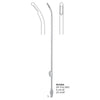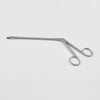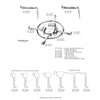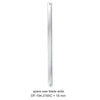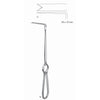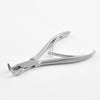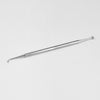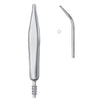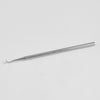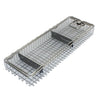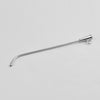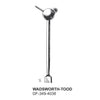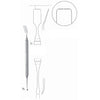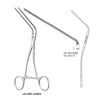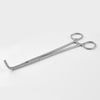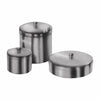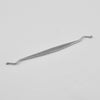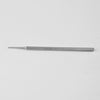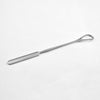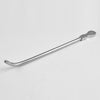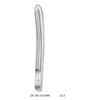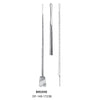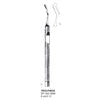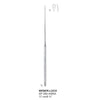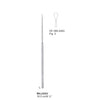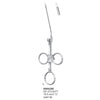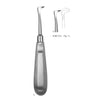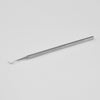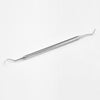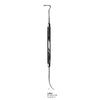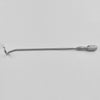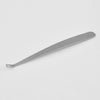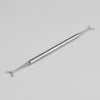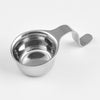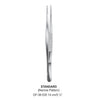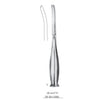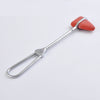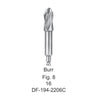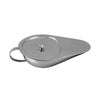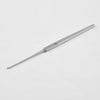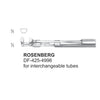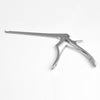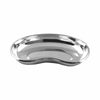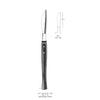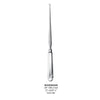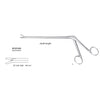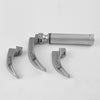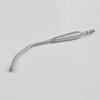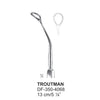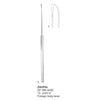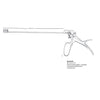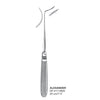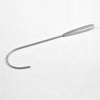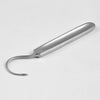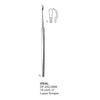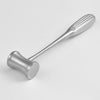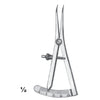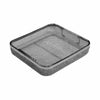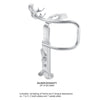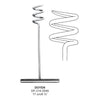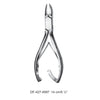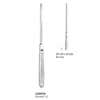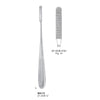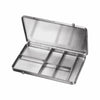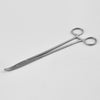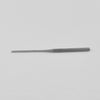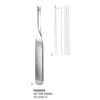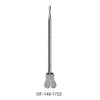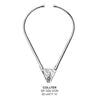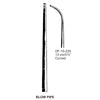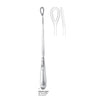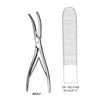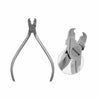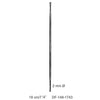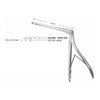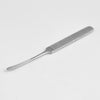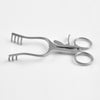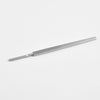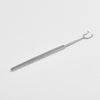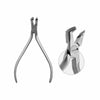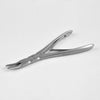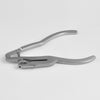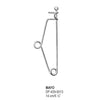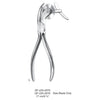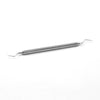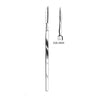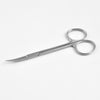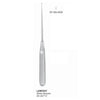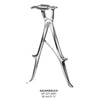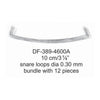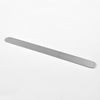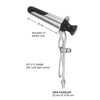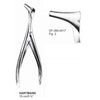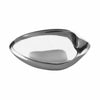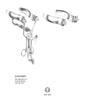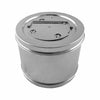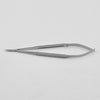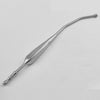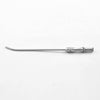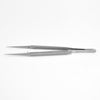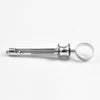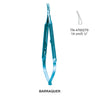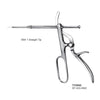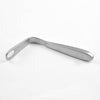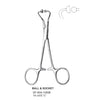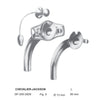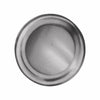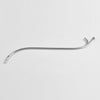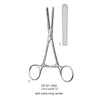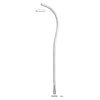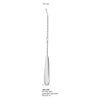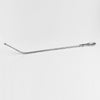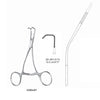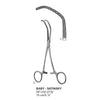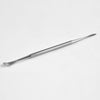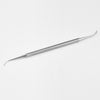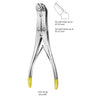A Complete Overview of the Different Types of Surgical Clamps

There are thousands of different surgical instrument patterns, materials, and styles. Choosing the right surgical tool for a specific procedure can take some thought and investigation. And, if you are your organization's curator of surgical equipment, you will need extensive experience with your surgeons to ensure your selection of tools enables them to minimize tissue trauma and blood loss, complete operations efficiently, and ensure the right tool is always in your inventory.
This article will review grasping and holding instruments, specifically surgical forceps. These tools are broadly divided into ring forceps, such as hemostats, hemostatic forceps, and locking forceps, and thumb forceps, such as pinning forceps and tweezers.
Here are some important tips to keep front of mind when choosing forceps:
- Straight tips are designed for precision work. Curved tips are designed for greater visibility.
- Ceramic tips insulate the metallic handles of the forceps. They also keep the forceps insulated and corrosion-resistant.
- Reverse forceps close themselves. They provide uniform tension. The surgeon squeezes to open them.
Now, let's look at some specific kinds of forceps.
Surgeons use hemostats, also known as ring and locking forceps, for grasping, holding, and exerting firm traction on tissues and objects, particularly during delicate operations. Hemostatic forceps have hinges. They look like ring scissors.
Hemostatic forceps often have a locking mechanism called a ratchet, which the surgeon uses for clamping. The jaws of locking forceps gradually meet as the surgeon "ratchets up" the clamp incrementally.
Surgeons use locking hemostatic forceps to hold tissue securely. When they are used to regulate blood flow, they are called hemostats.
Ring Forceps
Some common kinds of ring forceps include the following:- Allis tissue forceps grip tissue with sharp teeth. Because they damage tissue, surgeons typically use them to hold tissue that will be removed.
- Kelly hemostats are used to close larger blood vessels. Rochester hemostats have longer serrations and can reach deeper.
- Hartman mosquito forceps have a serrated jaw and short, fine tips. Surgeons use them for fine tissue dissection when the incision is shallow and for clamping smaller blood vessels. They are also used for holding fine sutures. Halstead mosquito forceps are lighter and longer. Crile hemostats are similar to Halstead mosquito forceps, except they are a little larger.
- Surgeons use Rochester-Ochsner forceps for grasping heavy tissue or clamping large blood vessels. They usually have teeth at the tip and are always serrated for grasping.
- Stars and Stripes hemostats, also known as Rochester-Carmalt forceps, are large, crushing forceps with longitudinal serrations that run the length of the blade. Surgeons use them for ligating pedicles or large vessels or large tissues.
- Rochester-Pean forceps have horizontal striations for grasping large tissues and blood vessels.
Thumb Forceps
Thumb forceps are operated between the thumb and forefinger, like tweezers. There is no ratchet. Surgeons use them to grasp, hold, and manipulate tissues.There are two broad categories of thumb forceps: dressing and tissue forceps.
Surgeons use dressing forceps when applying and removing dressings from wounds. They are also used in eye surgery.
Tissue forceps have teeth. This gives the surgeon a better grip. A tissue forceps with teeth in a 1 x 2 pattern is known as a rat tooth forceps. There are also forceps in 2 x 3, 3 x 4, 4 x 5, and 9 x 9 (Adson-Brown) configurations.
Adson forceps, which have one tooth on one side and two teeth on the other, are used for grasping delicate tissues. Bonn forceps include a platform for tying stitches. Foerster tissue forceps include an octagonal keyhole to give the surgeon feedback for greater control. Graefe forceps have a horizontal row of 6 or 8 teeth for ophthalmic surgeries, while Iris dressing forceps have 1 x 2 teeth for other applications in eye surgery.
Surgeons use retractors to hold an incision open while they are doing surgery. Wire retractors are the easiest for the surgeon to operate.
Choosing the Best Alloy for Forceps
When sorting through product descriptions for surgical forceps, hemostats, and clamps, look for terms like Inox, Titanium, Dumoxel®, Dumastar®, and Antimagnetic. Each of these kinds of stainless steel has advantages that your surgeons may favor:- Inox, also known as austenitic 316 steel or "surgical steel. This alloy's crystalline molecular structure looks like a collection of six-pointed stars. This makes it resistant to heat (up to 400°C) and magnetism. It is not the strongest steel and is not as corrosion-resistant as other kinds of steel. Still, it is suitable for procedures involving the skin and fascia and costs a fraction of as much as the steel used in some precision surgical instruments.
- Titanium is 100% antimagnetic, corrosion-resistant, and strong. It can be heated to 430°C. Titanium is the material of choice for procedures done with MRI.
- Dumoxel is highly resistant to organic acids. It can be autoclaved at temperatures up to 270°C and retains its shape at temperatures up to 400°C. Dumoxel is stain-resistant and can be only lightly magnetized.
- Dumostar is more elastic and corrosion-resistant than stainless steel. It resists metal fatigue and retains its shape at temperatures of 500°C.
- Anti Magnetic Tungsten Carbide lasts up to five times longer than other alloys used in surgical instruments. It can be the most cost-effective choice for your surgical tools.
Surgicalinstrument.com maintains an outstanding collection of over 1800 product lines of direct-from-manufacturer and previously used surgical forceps. We adhere to FDA, Health Canada, ASTM, DIN, EC, and ISO standards. If you can't find what you are looking for, we can manufacture it for you! Sign up for our mailing list for free giveaways, special deals, and once-in-a-lifetime offers. Please call us at +1 514 869 7747 or email us your questions.


